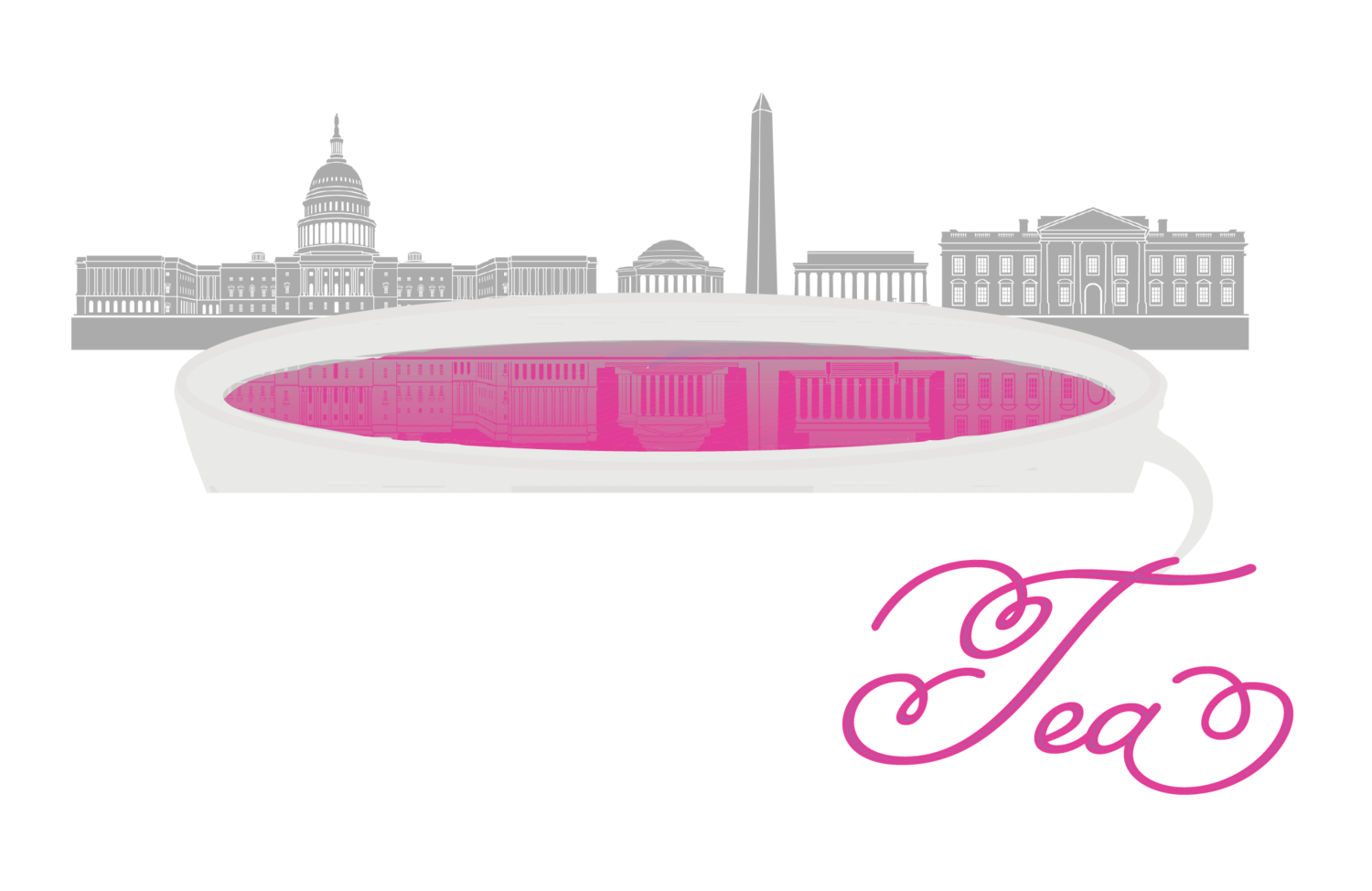The Democratic Party: Establishment Versus Progressives?
By: Jalen Nash
The Democrats (and the country) lost big when Donald Trump was elected President. Since the election, the platform of the party has been clear- to beat Trump; but there’s been a lot of debate on how to do it.
In many ways, the goal has helped bring the party together. However, considering the pending appointment of another Supreme Court Justice, the successful ban of immigration from seven (predominantly Muslim) countries, and a current approval rating of 42%, on a surface level, it seems that the strategy has been ineffective. Brought together by a singular message, two years in, the party sits more fragmented than it has in recent memory.
United to beat Trump, there has been a wave of voices getting more involved in local politics and running for office. But with such a range of interests, at such a crucial time, the party is struggling to represent everyone.
Establishment Democrats, who have been in politics for years, are largely represented by politicians like Nancy Pelosi and Chuck Schumer. They support traditional democratic policies like protecting Medicare and Medicaid, having stricter gun laws, collaborative solutions to illegal immigration and lowering the costs of education. Progressives like Bernie Sanders, Kirsten Gillibrand or Kamala Harris support policies like single-payer healthcare, more effective paths to immigration, bans on assault weapons and free public education. On top of that, activist movement have been prevalent in our time. Movements like #MeToo, Black Lives Matter, and that of the Parkland shooting victims have influenced millions. The interests and individuals behind these movements often directly conflicted with Trump’s agenda. Despite the crucial mission to “beat Trump,” the party must still find a way to look beyond that and include various interests in the platform.
California is experiencing a burst of new candidates pushing progressive agendas. Katie Porter, a law professor, recently won her Congressional primary election over election over (D) Chris Min for Orange County. Audrey Denney, a progressive pushing to “save democracy,” also recently won her election in North State, California.
In New York’s 14tth District, covering parts of the Bronx and Queens, newcomer Alexandria Ocasio-Cortez, ousted fourteen-year incumbent Congressman (D) Joe Crowley. Pushing policies like Medicaid-for-all, a universal jobs guarantee and the abolition of ICE, she inspired the community to support her in a district that went uncontested for over a decade.
In New York’s twenty-fourth district, Dana Balter raced against former mayoral candidate Juanita Perez-Williams. Beginning her campaign in the fall of 2017, Dana had worked hard, and was nominated by leaders from all four counties in the district. Despite the support on the ground, establishment Democrats nominated Juanita Perez-Williams as their candidate, and she quickly got the support of top voices like Nancy Pelosi. Going into the primaries, Juanita had a fifteen-point lead in some polls. Despite the party backing, Dana won the nomination with 62% of the vote.
Despite the shifts happening in places like New York and California, progressive candidates winning primaries over incumbents has been rare. With resources, the National Democratic Party helps fund the campaigns of its preferred candidates. But what happens when their preferred candidate is not in line with the Peoples?
In many districts across the country, National Democrats have interfered; placing last-minute candidates into local races, without much grassroots effort.
This makes it seems like establishment Democrats are not in touch with the average American. They rely on analytics instead of relationships. Without knocking on doors, talking to voters and truly understanding the cities, towns, districts and states they’re running in, democrats will be met with the same disillusion they were met with in the 2016 Presidential election. The progressive wing of the party understands that.
While grassroot, progressive campaigns may be risky, they are a way to fuel the passion that has been dormant for so long within the party. We shouldn’t have to rely on tricky maneuvers and tactics; by reaching the people, they will reach back. There is so much untapped potential on the progressive side of the party, and so much we miss out on by approaching politics in the traditional way. Times are changing, and candidates like Cortez in the Bronx, Balter in upstate New York and Katie Porter in Orange County have shown that.



